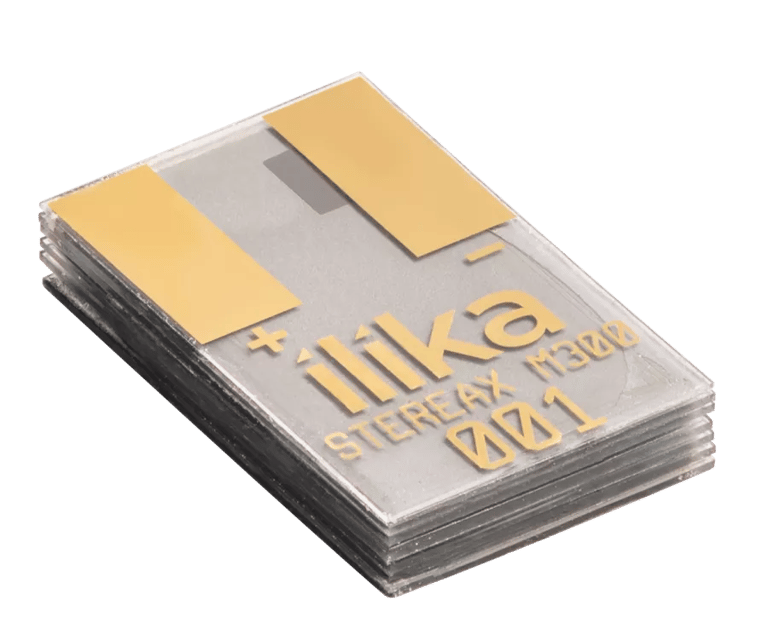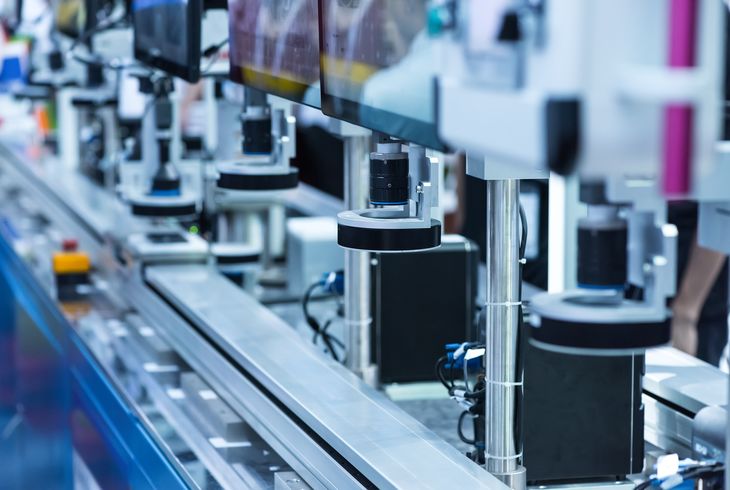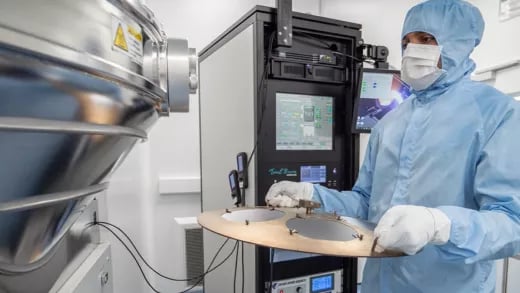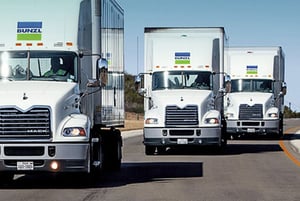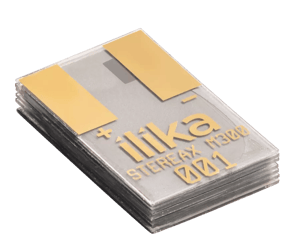Ilika Plc (LON:IKA) Chief Executive Officer Graeme Purdy caught up with DirectorsTalk to discuss the progress and roadmap for their Goliath solid-state battery prototypes, highlighting confirmation from OEM and Tier 1 testing partners that these batteries meet specifications.
Q1: One of your evaluation partners is saying that Goliath batteries are in the cohort of leading solid-state batteries they’ve tested. Are Goliath batteries the best solid-state batteries in the world?
A1: Well, that’s a great question, isn’t it? The reality is, I don’t think there’s any definitive answer to that question because all of the improved batteries that are being developed around the world have different strengths and weaknesses. It depends a bit on the application that you’re trying to power with the batteries.
Some batteries are particularly good at storing energy, i.e. they have a high gravimetric and volumetric energy density. Some are really good at being charged quickly and discharging that energy, so they have a high-power density. Others are particularly safe. Really what we’re trying to do is make sure that we have the best combination of properties for the automotive application.
I think this statement from one of the testing partners is that actually the Ilika batteries, the Goliath batteries, are up there with some of the leading batteries in the sector that are using this solid-state approach in order to get better battery performance.
Q2: You mentioned there that the batteries are looked at in different ways because they all have different values. Do OEMs and Tier 1s all use the same standard test protocol?
A2: It’s quite interesting actually that the test protocols are often proprietary to the different organisations that use them because they need to be optimised for the particular application. You imagine if you’ve got an application that really needs a lot of power from your batteries, maybe you’re making sports cars, then you will tend to tweak the testing protocols in order to emphasise that aspect of testing. However, if you are looking for a particularly long cycle life out of your batteries, maybe they have a high duty cycle, maybe you’re using them for instance, in electric taxis in an urban environment, then of course, cycle life is more important to you.
So, you perhaps be more aggressive in that aspect of testing so as a result, often the specific test protocols vary from application to application.
Q3: Why hasn’t an OEM taken a licence already, do you think?
A3: I think what they’re doing is they’re working with us in order to get us to the point where we have a battery that’s commercially large enough to be able to be used as a platform for a pack design and a vehicle rollout. The P1 prototypes that we released last year are two-amp power prototypes so they’re about twice the size of a mobile phone battery. It’s probably a bit too small for the majority of commercial applications.
With the 10-amp power P1.5 prototypes that we are targeting for release in the second half of this year, you’re starting to get into the zone of a commercial platform and then by the time you’re at P2 or 50-amp power prototypes, that’s the sweet spot for a lot of power cell applications.
So, I think it’s just a question of maturity and when we get to that point in the road map that matches commercial expectations, I think we will see a lot more commercial momentum around our road map.
Q4: I want to come to that shortly but is it really so difficult to move from 2-amp power to 10-amp power?
A4: There are different aspects that you need to take into account. Of course, a 10-amp power battery often has a lot more active area that you’re needing to access within the battery design. It’s actually physically more complex to assemble a larger battery but we’re on top of that process.
As we’ve announced, we’ve already made 10-amp power batteries and actually, we’ve made fantastically rapid progress over the last 12 months as we’ve scaled up the size of the devices that we’re able to share.
Q5: You mentioned the road map; what can you tell me about Ilika’s road map timelines going forward?
A5: The timelines are very clear, actually. So, the first 10-amp power prototypes will be released in the second half of this year, probably later on in the summer and that will be a really important milestone for us.
We’re then expecting to reach our 50-amp power, which is our minimum viable product or MVP milestone by the end of the year so the first shipments will be made then, and then we’ll continue that into 2026. We’re expecting those prototypes to really underpin licensing opportunities as partners sample those devices and maybe take an auction in order to scale up the technology for commercial rollout.





